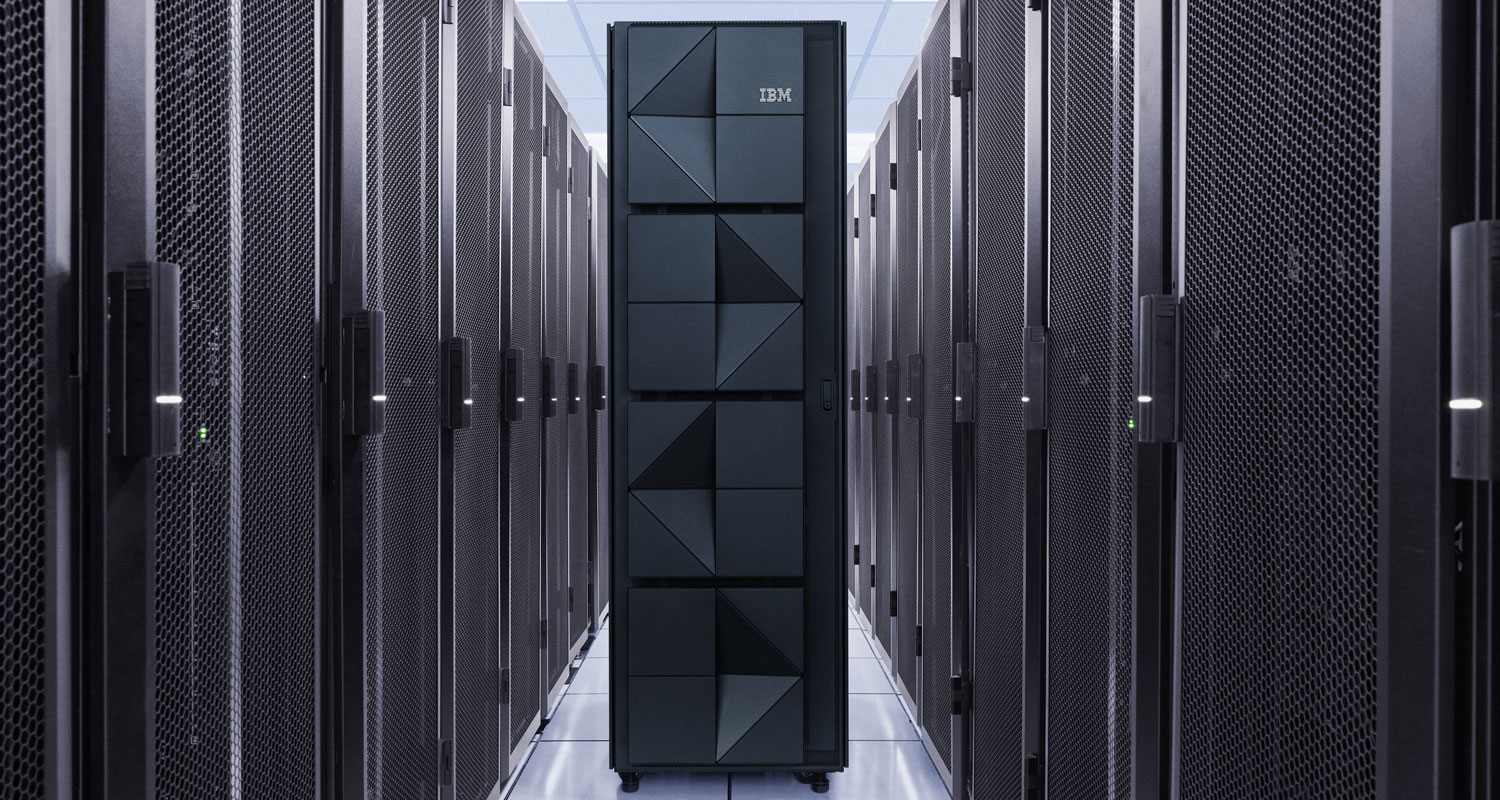
IBM has unveiled a new mainframe model, a reflection of the continued relevance of the decades-old computing systems despite the rush among many organisations to pivot to the public cloud.
Unlike the cloud, which enables companies to store and access data over the Internet, mainframes are physical hardware owned by the customer. The large, black boxes that still line the walls of some corporate data centres have long served as the foundation for a business’s most important applications. Many financial institutions, for example, still use mainframes to support customer transactions and other high-volume operations.
While the systems have declined in relevance as more businesses use cloud infrastructure from providers including Amazon Web Services and Microsoft, mainframes are still an important part of a company’s IT portfolio — and likely will be for a long time to come. At least, that’s what IBM is banking on. The company markets itself as a key player in the emerging market to support both on-premises and cloud-based data storage.
“The cloud has definitely done great things for the industry,” said Ric Lewis, senior vice president of IBM Systems. “But mainframes are still a very strong platform in that environment. And they fit well in that hybrid cloud environment.”
The cloud is poised to become increasingly dominant — especially for modern applications. By 2025, for example, 51% of spending on IT will be directed to the public cloud, up from 41% in 2022, according to research firm Gartner. But mainframes remain relevant. Of 500 IT professionals recently surveyed by Rocker Software, 56% say the mainframe is still a predominant part of their infrastructure.
On Tuesday, IBM revealed the z16, the latest version of its mainframe. Among the new features for customers is the ability to run predictive analytics on data directly in the machine instead of transporting it to another program, IBM said in a statement. That provides a big benefit, for example, for banks that want to run fraud detection programs in real-time as the transactions are processed, according to the Armonk, New York-based company.
Quantum computing
The updated model also includes new security protocols to protect against the looming rise of quantum computing, a powerful technology that is still years away from real-world practical uses, but one that could ultimately undermine the security of most software given the ability of the systems to hack encrypted data, according to Lewis.
“Our early pipeline on z16 is better than any pre-launch pipeline that we’ve had,” he said.
With Fujitsu planning to end its mainframe offerings by 2031, IBM remains the only large manufacturer left. And it continues to be a cash cow for Big Blue. Alongside the cost of the hardware itself, which can range in price from R8.5-million per unit and above, IBM charges for the software that runs on top of it, as well as maintenance for the systems.
The company doesn’t break out results for its mainframe business, but hybrid infrastructure, which includes the unit, generated $2.9-billion in fourth quarter revenue. While mainframes can run without upgrades for as long as a decade, many of those customers are likely to refurbish at least a portion of their existing systems to the new model.
IBM remains the only large manufacturer left. And it continues to be a cash cow for Big Blue
“We’ve got a growing, healthy business,” Lewis said. “The overall workload space is growing enough that, yes there are a lot of workloads growing into the cloud, but there are a ton of workloads being stacked on the new class of mainframes.”
It’s difficult to migrate mainframe systems to the cloud, but vendors are trying to change that. Amazon Web Services offers various services to enable businesses to transfer applications running on mainframes — many that are likely written in Cobol, a dated but still widely used programming language — to its cloud infrastructure. Most companies, however, may still be reluctant to pursue such an option given the mission-critical nature of the programs.
“The install base today that is still on a mainframe is going to stay on that mainframe,” said IDC research vice president Peter Rutten. “Many of the applications are still core to the business. They may have been around years, in some cases decades. And enterprises don’t want to change them.” — Joe Williams, (c) 2022 Bloomberg LP

